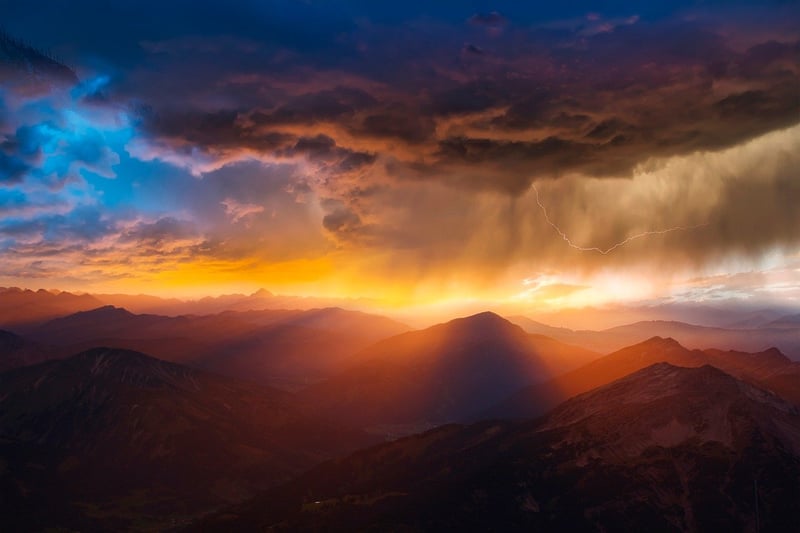Gamma-Ray Bursts
Unveiling the Mysteries of Gamma-Ray Bursts

Gamma-ray bursts (GRBs) are some of the most powerful and enigmatic events in the universe, emitting more energy in a few seconds than the sun will in its entire lifetime. These fleeting yet intense bursts of gamma rays originate from the farthest reaches of space, offering a glimpse into the most extreme environments in the cosmos.
What Are Gamma-Ray Bursts?
GRBs are brief but intense flashes of gamma rays that last from milliseconds to several minutes. They are classified into two main types: long-duration GRBs, associated with the deaths of massive stars, and short-duration GRBs, which are linked to the merger of compact objects like neutron stars.
Formation and Observation
GRBs are thought to occur when massive stars collapse into black holes or neutron stars, or when binary neutron stars merge. These cataclysmic events release focused beams of gamma rays that can be detected by satellites and ground-based telescopes.
Significance of GRBs
Studying GRBs provides valuable insights into the early universe, black hole formation, and the most extreme physical processes in existence. They serve as cosmic beacons that illuminate the darkest corners of space and time.
Current Research and Discoveries
Recent advancements in observational technology have led to groundbreaking discoveries in the field of GRB research. Scientists continue to unravel the mysteries surrounding these cosmic phenomena, shedding light on the nature of the universe itself.
Conclusion
Gamma-ray bursts stand as some of the most awe-inspiring events in the universe, captivating astronomers and enthusiasts alike with their incredible power and mystery. As our understanding of these cosmic explosions grows, so too does our appreciation for the vast and dynamic nature of the cosmos.
Explore further to witness the universe's most spectacular phenomena!
Learn more about NASA's Swift Mission